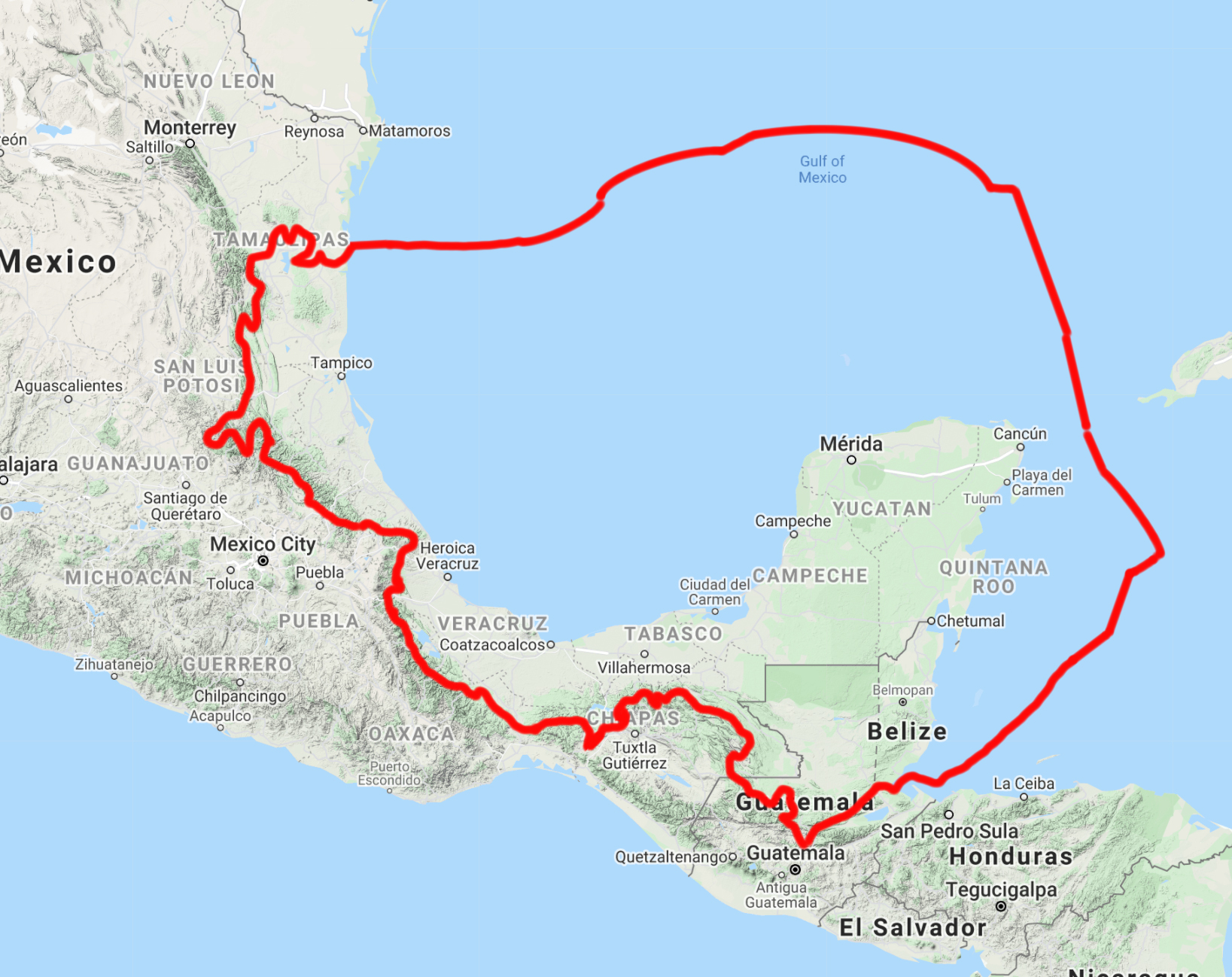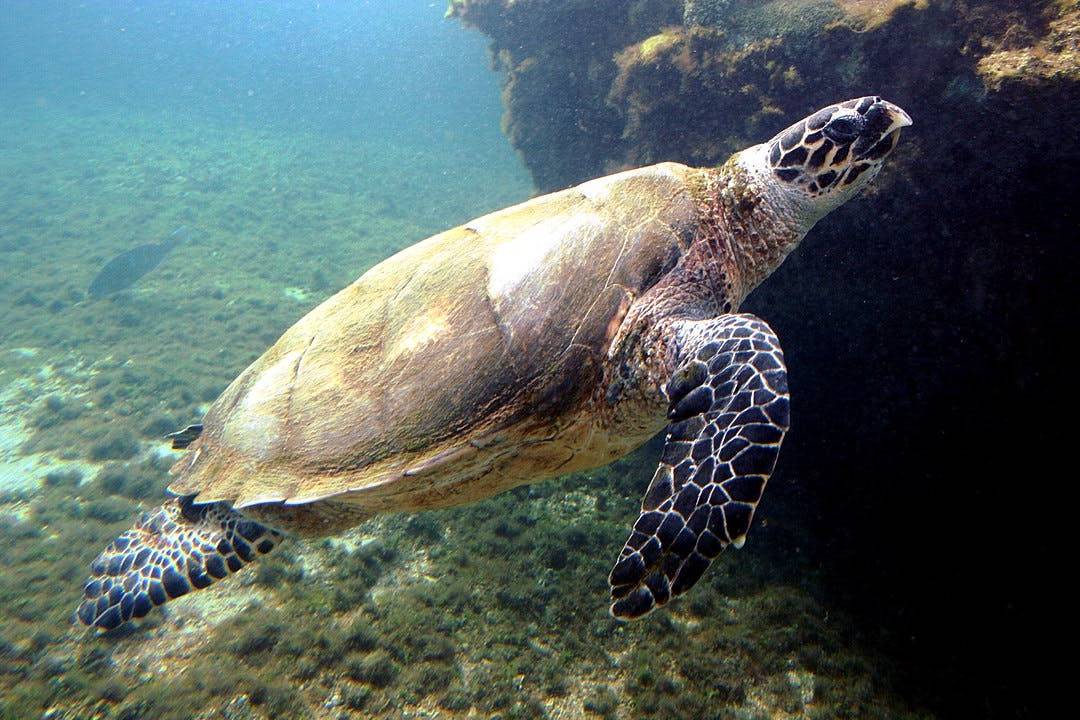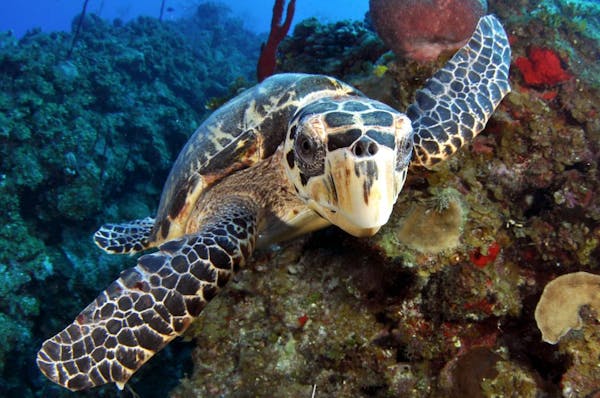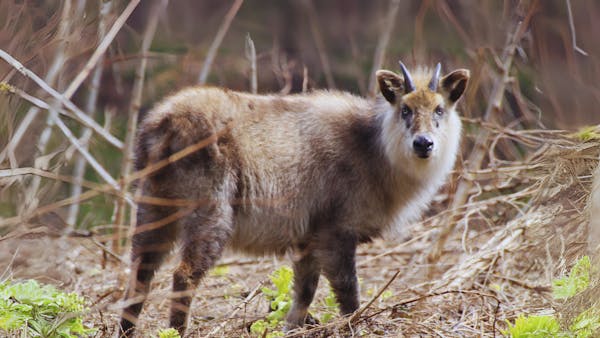The remarkable tropical life of the Hawksbill sea turtle
- Nature Conservation
- Land Conservation
- Wildlife
- Reptiles
- Mangroves
- Central America Subrealm
- Central America Realm
Our “Species of the Week” series highlights the flagship species of each of the 844 unique ecoregions contained within Earth’s bioregions.
With a spotted face, matching flippers, and a beautiful, amber-colored shell, hawksbills are the typical species that comes to mind when one thinks of a sea turtle. Found throughout the tropical waters of the Atlantic, Pacific, and Indian Oceans, hawksbills live part of their life in the open water but spend most of their time in shallow lagoons and coral reefs close to shore.
They are the only species of sea turtle that feed on sponges, making them important gardeners to the mangroves and underwater ecosystems they live in. As they remove sea sponges with their sharp, pointy beaks – resembling that of a hawk to which they get their name – hawksbills provide better access for fish to feed. This in turn keeps the coral reefs healthy and provides room for new sponges to grow, repeating the cycle.

Hawksbill sea turtles are the flagship species of the Mesoamerican Gulf-Caribbean Mangroves ecoregion, located in the Yucatan & Veracruz Mixed Forests bioregion (NT27).
Sea turtles have existed since the time of the dinosaurs, roaming the oceans for the last 100 million years. Seven species survive to this day with the hawksbill right in the middle in terms of size. Average adult hawksbill sea turtles grow to three feet in length and weigh 180 pounds. The shell of the hawksbill stands out from all other sea turtles not only with its stunning tortoiseshell color but also the distinctive pattern of overlapping scales that form a serrated look on the edges.
Hawksbills also have an asymmetrical gait compared to other sea turtles that leave a symmetrical pattern in the sand when they come to shore. Due to its consumption of certain marine organisms like venomous cnidarians and specific corals, hawksbill sea turtle flesh can be toxic and biofluorescent.
Despite glowing in the warm turquoise waters, hawksbills often evade researchers due to their solitary and highly migratory nature. At twenty years of age, a hawksbill is ready to mate and will do so twice a year in shallow water just off their nesting beaches. Which beach depends on the specific sea turtle’s range, but the most popular are located in Mexico, Indonesia, Sri Lanka, and Australia. After mating, females drag their bodies onto the beach in the middle of the night and make a hole with their rear flippers.
Around 180 eggs are laid, covered with sand, and then the mother returns to the water. Hatchlings, weighing less than an ounce, break out of their shells after two months and begin their dangerous trip following the moon to the sea. Those that do not make it by sunrise are preyed upon by birds, crabs, and the occasional person.

Image credit: Creative Commons, I, Thierry Caro
In addition to capturing as a hatchling, hawksbills have historically been hunted for their exquisite shells used for jewelry and their eggs as a traditional delicacy. In the past 100 years, their population has declined by 90% making them critically endangered and the coral reefs they typically keep clean, succumb to overpopulating sponges.
The Local Hawksbill Conservation Network in El Salvador has had great success in protecting hawksbill turtles using community knowledge to find nests and spreading awareness about the important role they play in the ecosystem.
Support Nature Conservation.jpg?auto=compress%2Cformat&w=1440)




